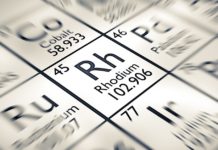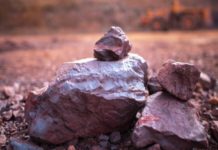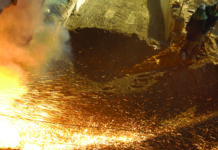
[miningmx.com] — LAST year in Parliament it emerged that 69 mines
were operating without a water licence.
Water Minister Edna Molewa said in reply to a parliamentary question that 66 of these
mines had applied for licences, while the remaining three hadn’t even bothered to
apply.
It’s hard to shake the idea that for these 66 mines it was merely a formality to get
their water licence, now that the Department of Mineral Resources had given them a
mining licence.
A lengthy formality.
In fact, the mining industry frequently asks: why do we even have to apply for a
water licence through a different department? Surely that should be integrated in the
mining licence?
The mining houses make a good point.
“Why are we being sent from pillar to post in Government to start mining?’ Chamber
of Mines CEO Bheki Sibiya asked at mining heritage breakfast last week.
Coal of Africa’s CEO John Wallington agreed, adding that coordination between the
departments was very difficult to navigate.
Miners want to deal with one Government department, not a host of departments
scrapping over whether to give mining houses the green light to mine.
The fight over the Vele mine at Mapungubwe was a case in point. Vele got its mining
licence, but had no water licence and when they started their mining activities, they
were raided by the Green Scorpions.
Vele’s owners, Wallington’s Coal of Africa, claimed they were confused by the permit
system. Their argument was: once there is mining permit, surely you can start
mining?
Environment Director-General Nosipho Ngcaba, also at the breakfast, could only nod
at the critics.
“We are aware of the problem and we are working on it,’ she said. And indeed
Government is, as was promised numerous times by Mines Minister Susan Shabangu.
But there is a huge dogfight on the horizon over the permits and who gets to judge
the environmental side of an application.
At the moment, only the mining activity itself has to get the environmental green
light from the Mineral Department, according to the Mineral and Petroleum Resources
Development Act (MPRDA).
Other activities, such as building a fuel depot or a road associated with a new mine,
has to get an environmental impact assessment approved by the Department of
Environmental Affairs. And then there is the matter of water licences. This is
confusing, mining houses say.
LEAVE EVERYTHING TO MINERAL RESOURCES
It’s not as simple as making the Department of Mineral Resources the ruling
authority. This department has a specific mandate – to promote and organise mining
in South Africa and to look after the industry.
When it comes to a critical environmental decision, their sympathies will most likely
lie with the mining company.
The Department of Water Affairs’ mandate is to look after South Africa’s water
resources, so it might think twice about awarding a water licence to a dodgy mine –
although anecdotal evidence suggests that they rarely refuse issuing licences.
At the moment it seems likely that the new permit system’s environmental side will
be regulated by the Department of Environmental Affairs-based National
Environmental Management Act (NEMA) – which is good news for environmental
pressure groups.
But a big concern remains whether the Mineral Resources official reviewing the mining
licence will have the capacity to understand the intricacies of NEMA and the willpower
to red-card a mining application, if there are concerns.
The new permit system is critical. With water becoming a huge issue in new mining
frontiers such as the Soutpansberg and Waterberg, Government officials will have
their work cut out for them.
Everyone agrees a one-stop permit shop is the way to go, but the fight to rule that
shop has only just begun.
– City Press










